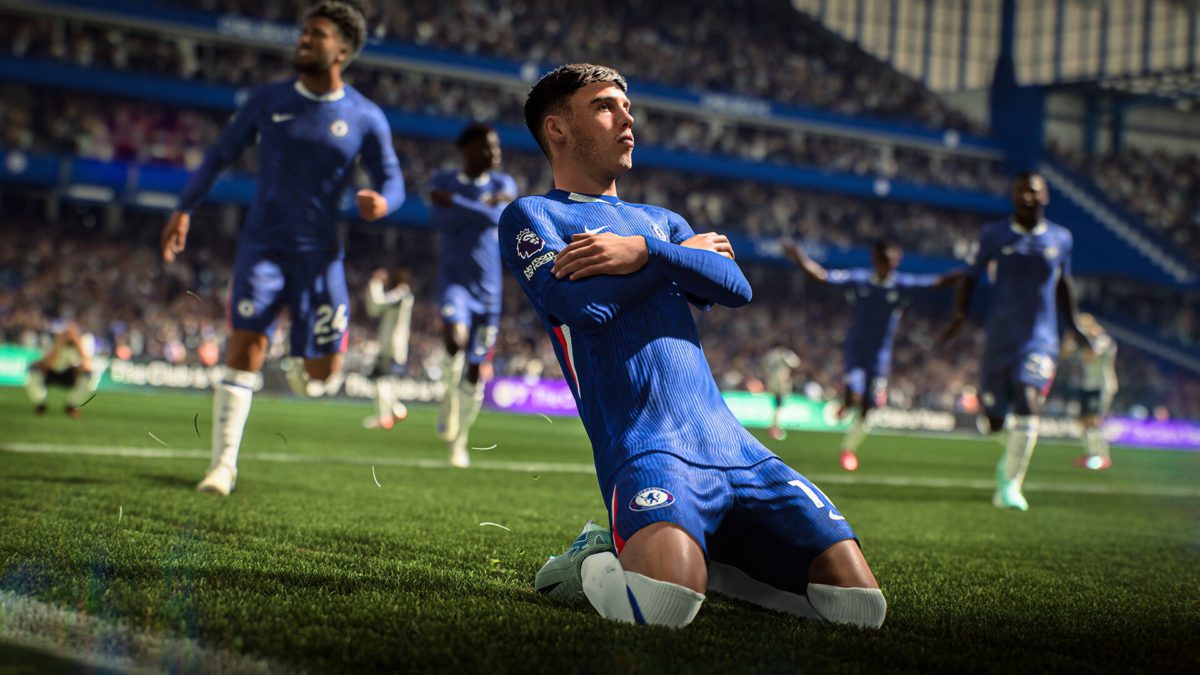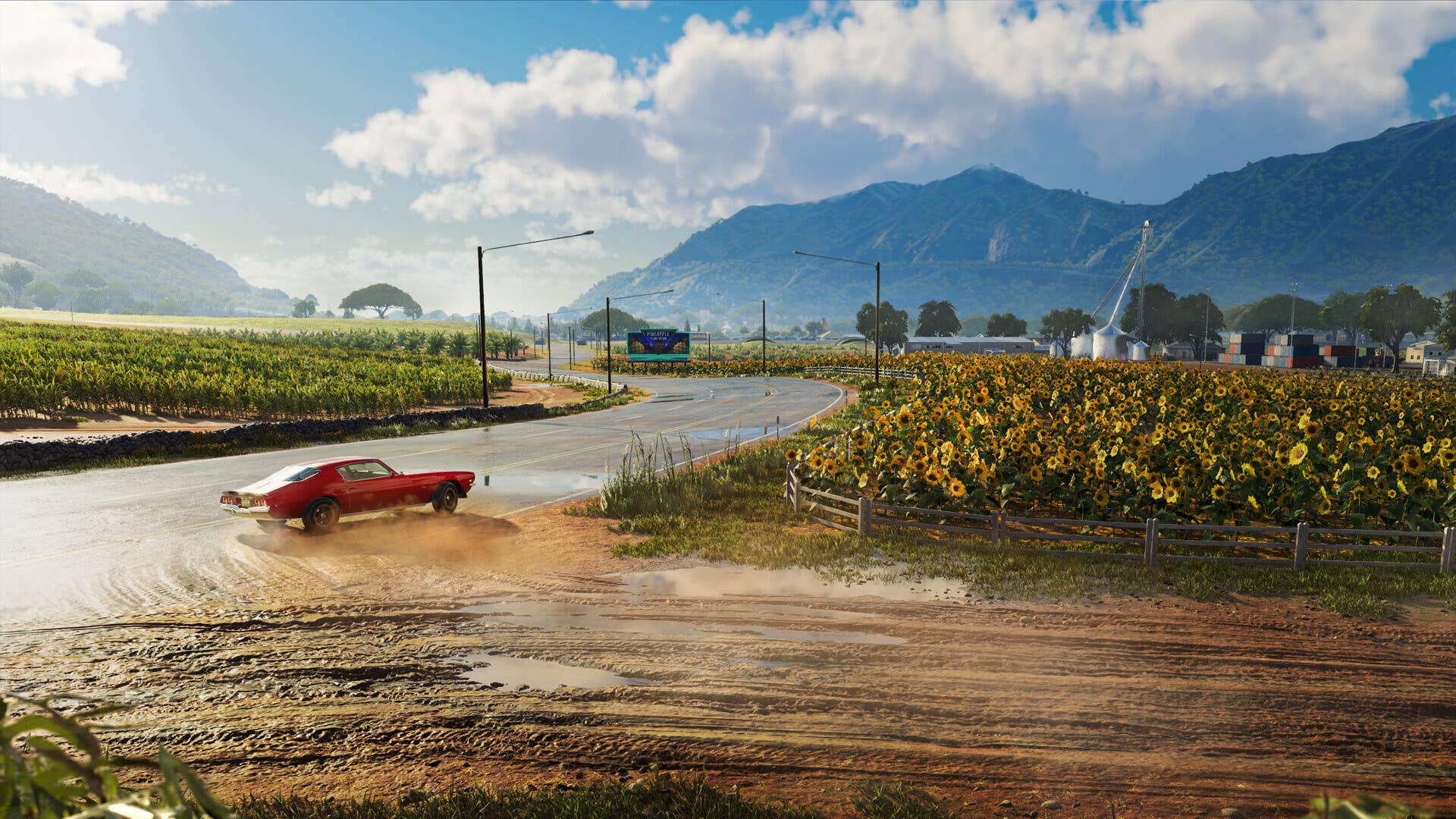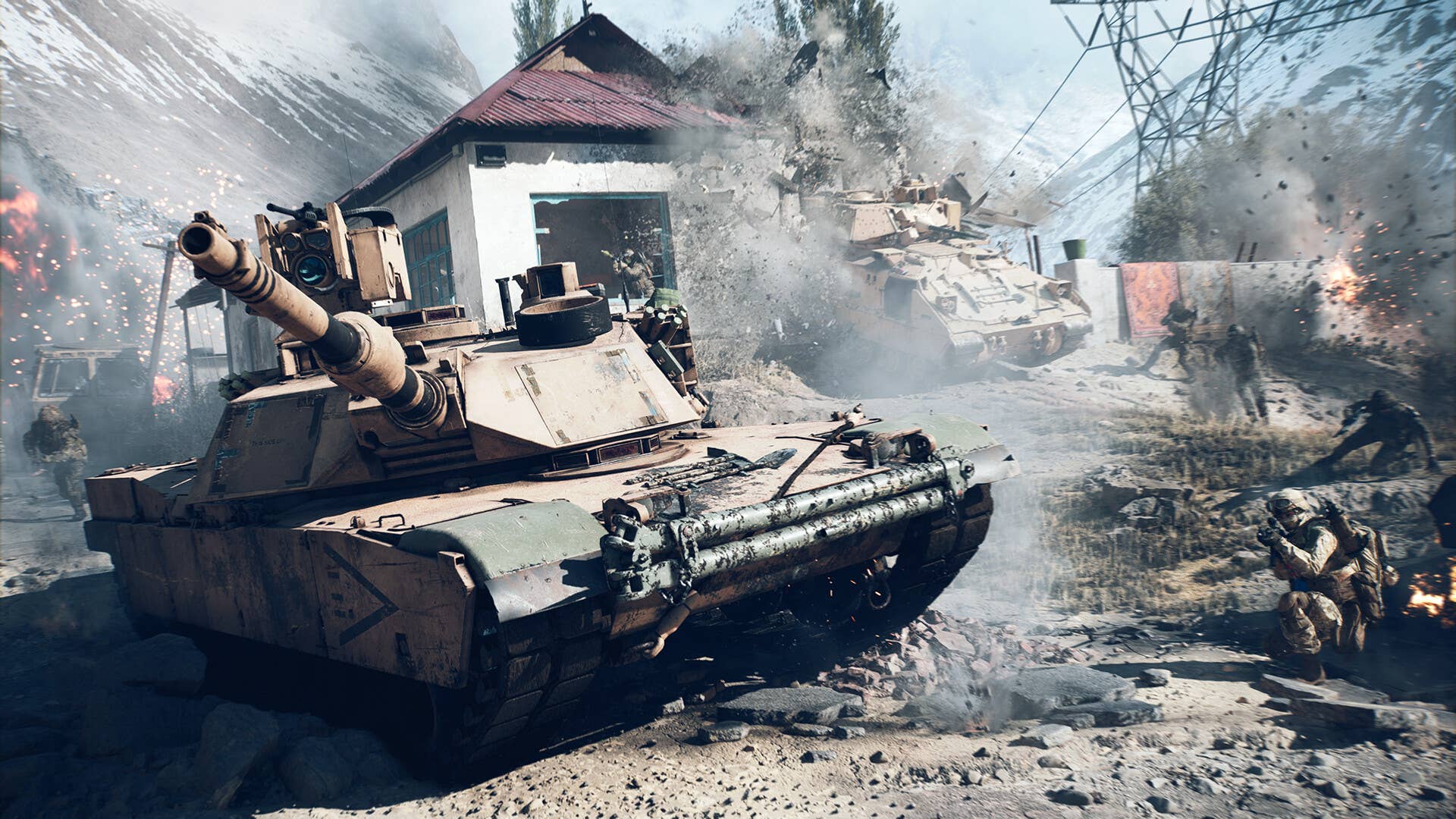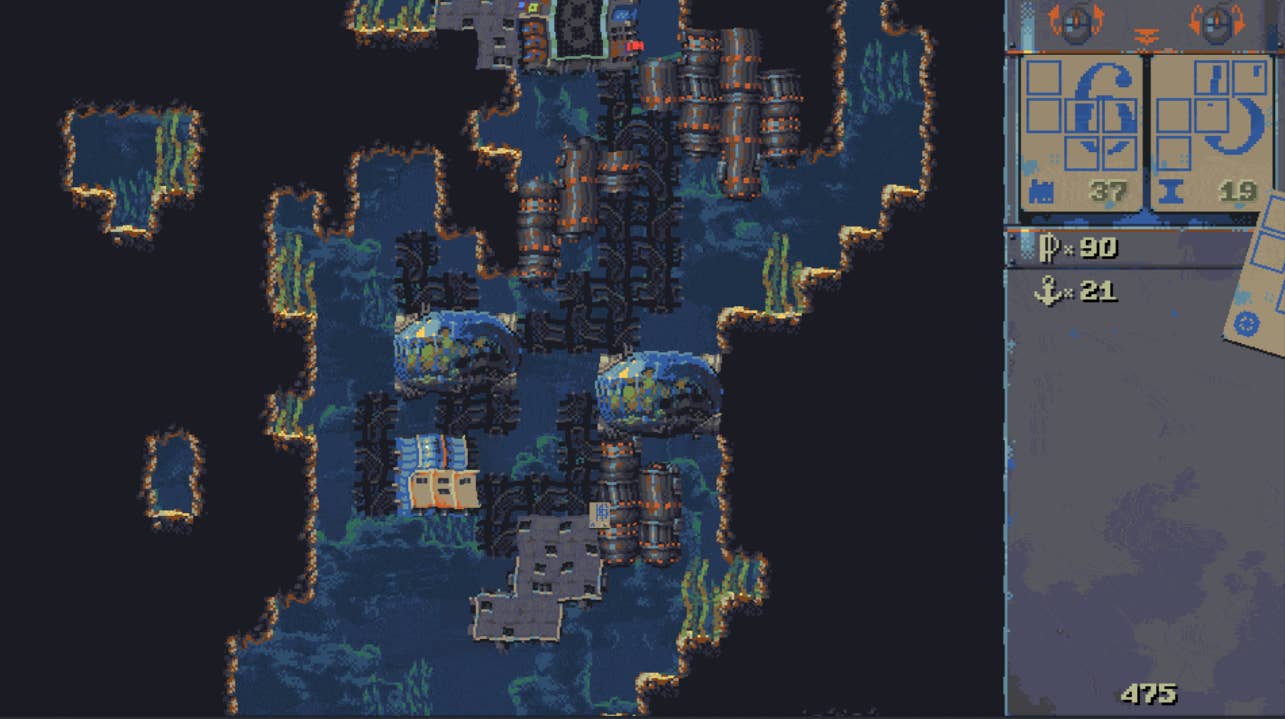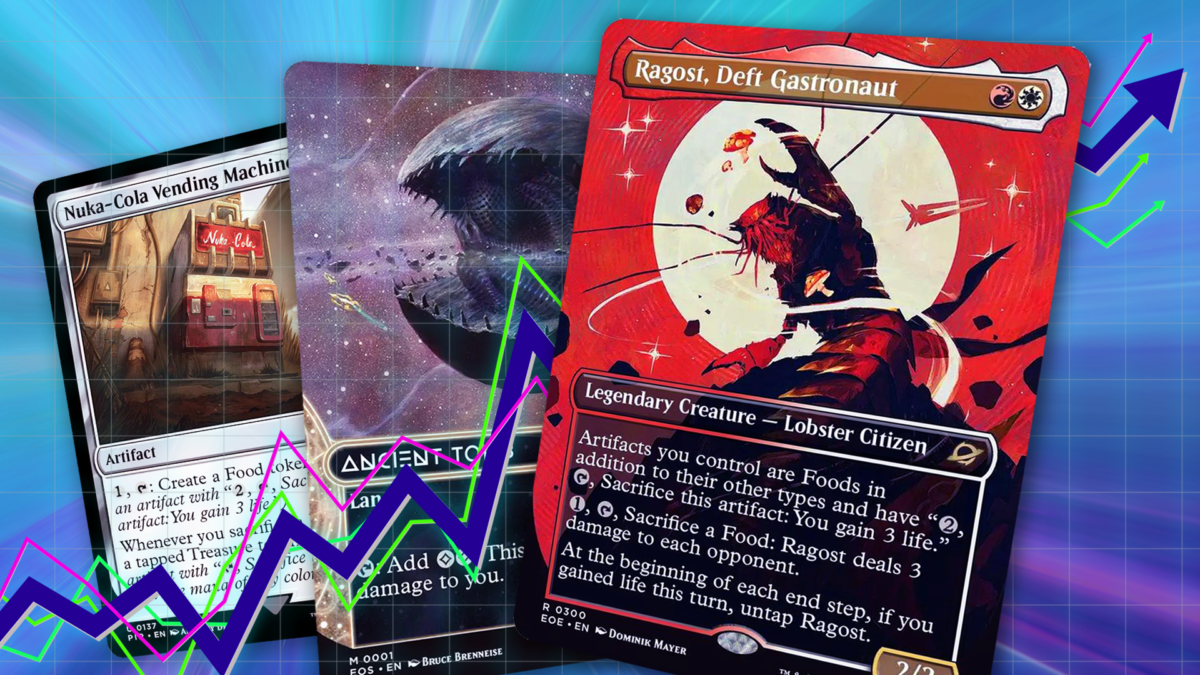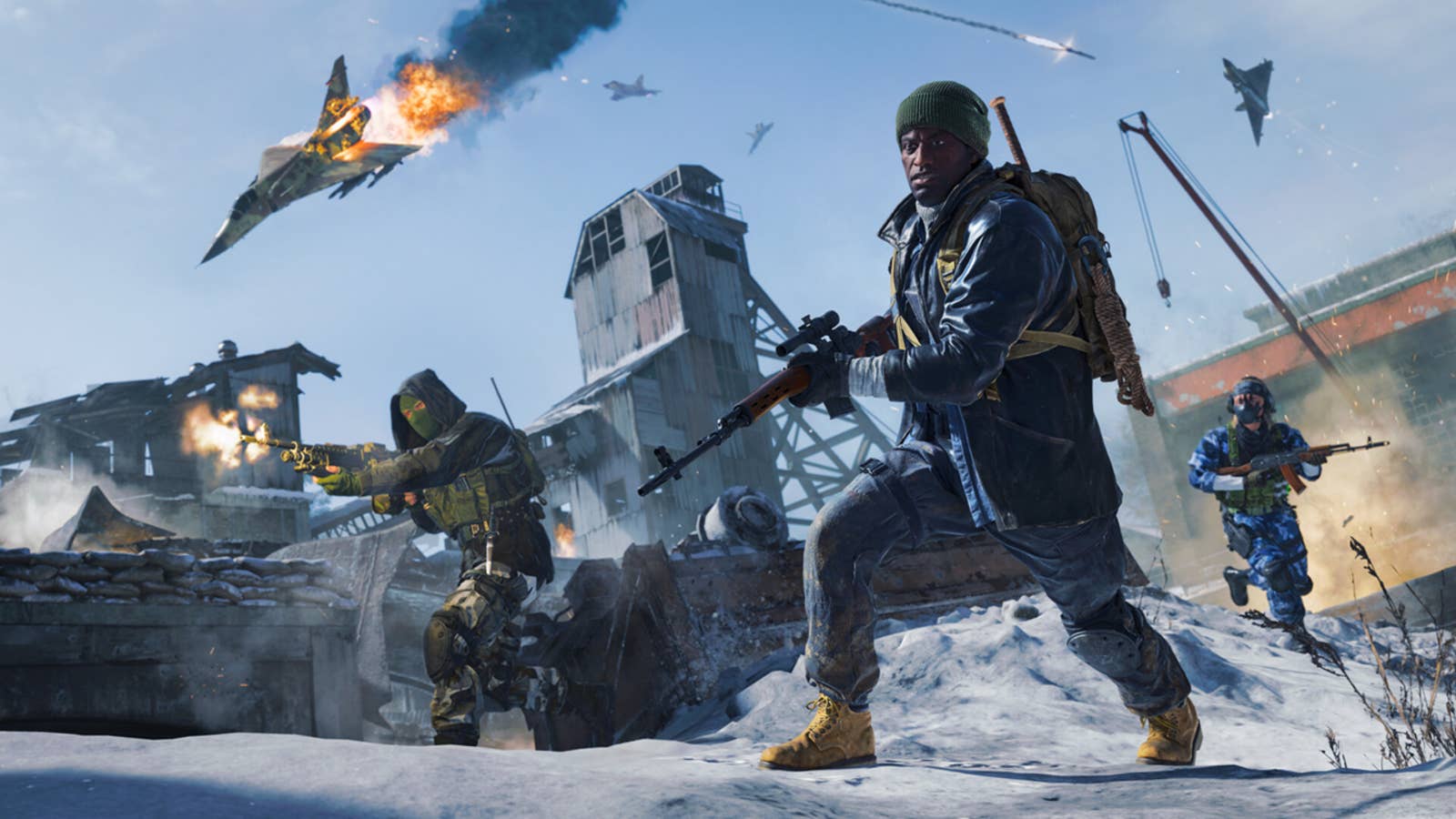
If you’ve played FC 25 online, then chances are you will have encountered input delay, that fraction of a second between pressing the button and a pass or shot on screen being performed, which can often be the difference between a win and a loss.
Just like any twitch FPS or frame-perfect fighting game, EA’s football simulation relies on the actions being performed by its characters feeling as responsive as possible in order for the playing field to feel fair. The developer knows this, and so has put an extensive amount of research into solving this often-vocalised concern among the Ultimate Team community ahead of FC 26’s launch.
“We really needed to understand the root of the problem”, senior producer Sam Rivera told IGN. “We worked with pro players, we gathered data from players all around the world to try to understand the issues, but we didn’t want to only listen to the feedback. We wanted to experience input delay ourselves. So we also traveled to Europe to meet with pro players at their eSports studios. We actually met with content creators at their homes, and we learned a lot.”
Through this research, EA discovered that the issues were manyfold, both at the player and developer end of the pipeline. On the player side, there are things you can do to minimise the chances of input delay occurring. It may seem obvious to some, but connecting to the internet via Ethernet cable is much more stable than Wi-Fi.
“If you play on Wi-Fi, you can have jitter and packet loss, which can create a very delayed experience”, explained Rivera. “We know that more than 50% of FC players are playing on Wi-Fi, so we recommend that [connecting via ethernet] if possible. And then things like TV settings. If you’re playing outside of game mode on a normal TV, you can get anywhere between 20 to over 100 milliseconds delaying your experience, regardless of your connection, regardless of the game, just because of the TV. So there are a lot of things that go into the equation, but what are the causes of delay when you are playing in a high-quality or good connection, or when you’re playing offline?”
Yes, input delay is not strictly an internet-based issue. With players reporting the phenomenon in offline play too, it led Rivera and the team to look into the construction of the game itself to see what was causing the issue:
“First is limited animation coverage. Sometimes we request actions in the game that are very difficult to perform. So if there’s a very fast incoming ball and I want to go for a long pass backwards, that is very difficult, and sometimes there are no animations for that. So it is like in real life, very difficult to perform. It’s difficult for us to capture those animations. However, this year we’re adding many new animations as well to make sure we have more coverage in general.”
“The next one is the animation system box,” Rivera conitnued. “Our animation system is perhaps one of the most complicated systems in the game, and it has to solve every request, every shot, every pass, considering what animations are available, where the opponents are, how the ball is moving, and all of that.
“And sometimes there can be a bug. So, for example, you may want to take a shot immediately, but then the system may decide to delay the shot slightly, to prefer to use the strong foot instead of taking it earlier but with the weaker foot. So things like that happen often, not very often. But when you play 20 matches on your weekend, you will experience it a few times. So this year, we’re fixing dozens of those problems in the game.”
Improvements are on the way in FC 26, then, and from the short amount of time I spent playing it, it did feel noticeably smooth and responsive — with the new one-frame passes and shots being a real highlight. But will input delay ever be an issue that’s completely eradicated?
“Well, it depends”, Rivera responded. “There are many factors that go into input delay. There are factors that are sometimes internal, sometimes external. Then there’s not a simple fix other than providing more information to the community, trying to help with their setups as well, making sure everyone has the right setup. But at least we think that there’s a big opportunity. There’s a big opportunity there. We have done a very good step in FC 26 to create a more responsive game.”
Simon Cardy is a Senior Editor at IGN who can mainly be found skulking around open world games, indulging in Korean cinema, or despairing at the state of Tottenham Hotspur and the New York Jets. Follow him on Bluesky at @cardy.bsky.social.

